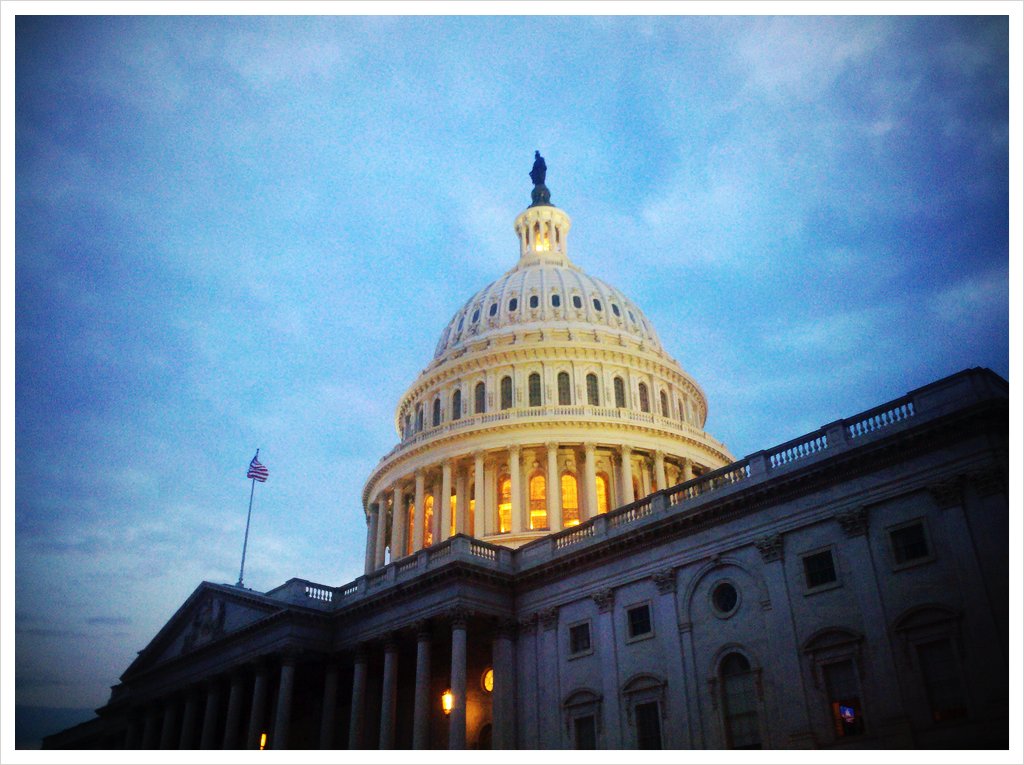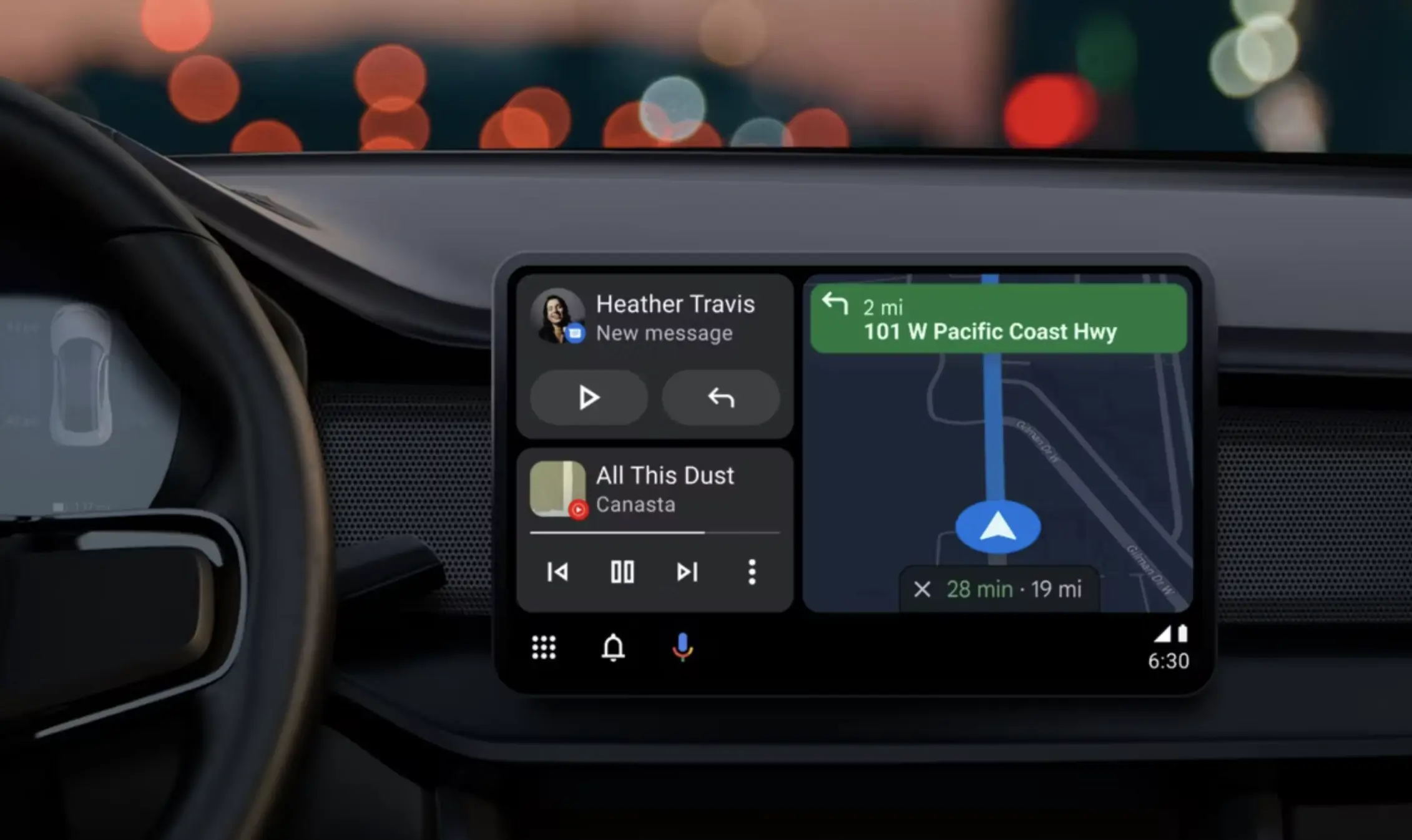In recent weeks, the H-1B visa program, a critical pathway for U.S. employers to hire foreign professionals in specialized fields, has undergone significant reforms under the Trump administration. These changes have sparked extensive discussions across various sectors, particularly within the technology industry, which heavily relies on international talent.
Introduction of a $100,000 Application Fee
On September 19, 2025, President Donald Trump issued a presidential proclamation introducing a substantial increase in the H-1B visa application fee. Effective September 21, 2025, all new H-1B petitions are now subject to a $100,000 fee. This policy aims to ensure that the 85,000 available H-1B visas are allocated to highly valuable workers and to deter potential misuse of the program. However, this significant fee increase has raised concerns about its potential impact on the ability of U.S. companies to attract top international talent. ([whitehouse.gov](https://www.whitehouse.gov/presidential-actions/2025/09/restriction-on-entry-of-certain-nonimmigrant-workers/?utm_source=openai))
Implications for the Technology Sector
The technology industry, a major beneficiary of the H-1B program, has expressed apprehension regarding the new fee structure. Companies like Nvidia have publicly committed to continuing their sponsorship of H-1B visas and covering the associated costs, emphasizing the importance of immigration in driving technological innovation. Nvidia’s CEO, Jensen Huang, highlighted that a significant portion of the world’s AI researchers are from countries like China, underscoring the necessity of maintaining access to global talent to sustain the U.S.’s leadership in technology. ([reuters.com](https://www.reuters.com/business/nvidia-ceo-huang-says-chipmaker-will-continue-sponsor-h-1b-visas-business-2025-10-07/?utm_source=openai))
Impact on Rural Communities and Essential Services
Beyond the tech industry, the increased fee poses challenges for rural communities that depend on H-1B workers to fill critical roles in education and healthcare. For instance, the Crow Creek Tribal School in South Dakota has utilized the H-1B program to hire Filipino educators for unstaffed teaching positions. The new fee could strain the financial resources of such institutions, potentially exacerbating existing shortages in essential services. ([apnews.com](https://apnews.com/article/3a63095d603e405d08c496eb264d6100?utm_source=openai))
Legal Challenges and Opposition
In response to the fee increase, a coalition comprising healthcare providers, religious groups, educators, and advocacy organizations filed a federal lawsuit in San Francisco on October 3, 2025. The plaintiffs argue that the fee undermines critical labor sectors and was implemented without congressional approval. They seek an immediate injunction to block the order, contending that it disrupts employment in vital sectors such as hospitals, schools, and pastoral services. ([apnews.com](https://apnews.com/article/8afc10165ce911d43a4cd47ade4268e1?utm_source=openai))
Proposed Wage-Based Lottery Reforms
In addition to the fee increase, the Department of Homeland Security (DHS) has proposed reforms to the H-1B lottery system. The proposed changes include a wage-weighted selection process, giving higher-wage offers better odds in the lottery. This approach aims to align H-1B wages with U.S. labor standards and ensure that the program benefits highly skilled workers. However, these reforms have yet to be finalized and are subject to public feedback and further deliberation. ([usimmivisa.com](https://www.usimmivisa.com/insights/2025/october/-100k-h-1b-fee-wage-rule-change-what-you-need-to/?utm_source=openai))
Potential Future Changes and Uncertainties
The recent reforms have introduced uncertainties regarding the future of the H-1B program. The administration’s focus on preventing program abuse and prioritizing high-wage positions suggests that additional changes may be forthcoming. Stakeholders are advised to stay informed about potential policy shifts and to participate in public comment periods to voice their concerns and suggestions.
Conclusion
The recent changes to the H-1B visa program represent a significant shift in U.S. immigration policy, with far-reaching implications for various sectors. While the administration aims to protect American workers and ensure the program’s integrity, the substantial fee increase and proposed lottery reforms have raised concerns about the potential impact on the U.S.’s ability to attract and retain top international talent. As the situation evolves, it is crucial for employers, employees, and policymakers to engage in ongoing dialogue to balance the program’s objectives with the needs of the U.S. economy and workforce.



